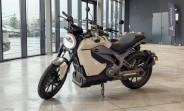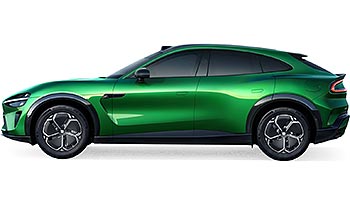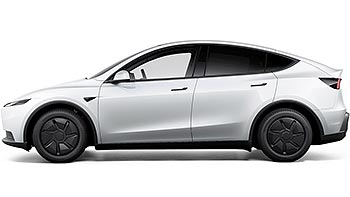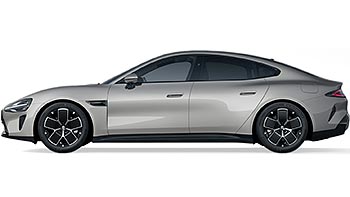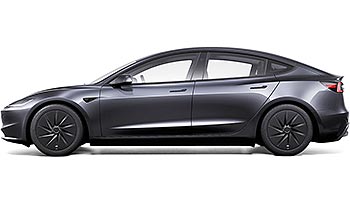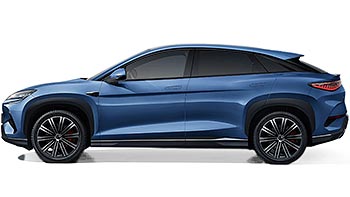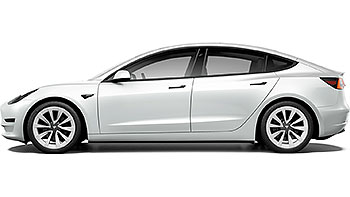Have electric cars gone power crazy?

Not too long ago, ICE cars with power outputs of 150-200 ps were considered high performance machines and had all the acronyms associated with this, GTi, Type R, S etc.
In the ICE world, the basic outputs of the cars start from very low and the escalation to higher power comes in small increments usually. The electric vehicles era is about to change that dramatically.
 Tesla Roadster can be the fastest production car ones it finally goes into production
Tesla Roadster can be the fastest production car ones it finally goes into production
Even though EV cars haven't nearly as many models as their ICE counterparts, their power outputs are already reaching stratospheric levels. Why is that? Does it even make sense to go that high? Let’s find out.
The EV case
Even compact electric cars start from the 150-200ps range. We see family sedans (Tesla Model S Plaid, Lucid Air) with power output close to that of an F1 car. The least powerful Tesla (Model 3) has 325 ps and torque comparable to a V8 4.2L naturally aspirated engine.
One thing electric cars achieved is the democratization of torque, power and performance. Never before in automotive history have medium income people had access to this kind of performance.
I would like to emphasize torque here, because even though you could have fairly high power in the past with reasonable price, you couldn’t get around the fact that high torque always came at a price. To produce high torque in an ICE you need high displacement, forced induction, or usually both and those were usually found in cars out of reach car for the majority of people.
 Nevera comes with nearly 2,000 horsepower
Nevera comes with nearly 2,000 horsepower
In the EV world, the absolute torque expression is an inherent characteristic of the motor. You have loads of it and more importantly, available instantly. Do you need more of it? Just add another motor on the other axle and there you have it.
Do you need more torque in an ICE? You need to add more cylinders. If you overcome the 4 cylinders barrier, things start to get more expensive because you need more from everything. In a V6 you usually need 4 camshafts, 24 valves, perhaps two turbos. You get the picture.
But why is torque so important? Well, torque tells you how much power you have at any given RPMs and this is very important in a high weight application, such as a car because it also informs you of the elasticity of the engine/motor, and its capability for intermediate acceleration such as 30-70 km/h, 60-100 km/h etc.
For the everyday driver, torque is the first thing that is appreciated. In the following table, ICE and EVs are compared in the power outputs at 1500 rpm. It easily explains the real world difference in acceleration between the two types of propulsion.
| Model | Power at 1,500 RPM (PS) |
|---|---|
| VW up! 1.0 (75 ps) | 14 |
| VW e-up! (82 ps) | 44.9 |
| Nissan Qashqai 1.3 DiG-T X-Tronic (158 ps) | 49.1 |
| Nissan Leaf (150 ps) | 68.4 |
| Toyota RAV4 2.5 (218 ps) | 42.7 |
| Toyota bZ4X (218 ps) | 71.8 |
| Hyundai Kona 1.6 T-GDi (198 ps) | 54.5 |
| Hyundai Kona electric (204 ps) | 84.4 |
| Mercedes-Benz E63 AMG (612 ps) | 145 |
| Mercedes-Benz EQE 53 AMG (625 ps) | 203 |
| Ferrari 812 Superfast (800 ps) | 107 |
| Porsche Taycan Turbo S (762 ps) | 224 |
How much power is needed?
There is no one right answer to this question. What we can do though, is predefine some scenarios in order to determine the needed power. We chose to calculate the needed power for maintaining steady speed of 130 km/h, which is a typical highway speed limit, the needed power for the top speed of a given electric car and the maximum theoretical power based on the maximum power of the vehicle.
| Model | Maximum Power (PS) | Power needed at 130 kph (PS) |
|---|---|---|
| Peugeot e-208 | 136 | 51 |
| VW ID.3 (58 kWh) | 204 | 56 |
| BMW iX3 | 286 | 68 |
| Ford Mustang Mach-E GT | 487 | 68 |
| Tesla Model 3 Performance | 513 | 51 |
| Kia EV6 GT | 585 | 64 |
| Porsche Taycan Turbo S | 762 | 61 |
| Tesla Model S Plaid | 1020 | 54 |
The needed power for 130 km/h is a benchmark of the overall efficiency of the car with aerodynamics playing a crucial role here.
Aerodynamics also matter at the top speed, but the following table also how conservatively limited the top speed of each car is.
| Model | Top speed (kph) | Power needed at top speed (ps) |
|---|---|---|
| Peugeot e-208 | 150 | 69 |
| VW ID.3 (58 kWh) | 160 | 87 |
| BMW iX3 | 180 | 139 |
| Ford Mustang Mach-E GT | 200 | 173 |
| Tesla Model 3 Performance | 261 | 245 |
| Kia EV6 GT | 260 | 319 |
| Porsche Taycan Turbo S | 260 | 283 |
| Tesla Model S Plaid | 322 | 456 |
The last table is merely a thought example, the theoretical top speeds shown there hypothesize unaltered aerodynamics which might not be the case in the real world. Steady maximum sustained performance from the electric motors in the real world is only available for a few seconds too.
| Model | Maximum Power (ps) | Theoretical top speed (kph) |
|---|---|---|
| Peugeot e-208 | 136 | 199 |
| VW ID.3 (58 kWh) | 204 | 227 |
| BMW iX3 | 286 | 246 |
| Ford Mustang Mach-E GT | 487 | 299 |
| Tesla Model 3 Performance | 513 | 345 |
| Kia EV6 GT | 585 | 326 |
| Porsche Taycan Turbo S | 762 | 377 |
| Tesla Model S Plaid | 1020 | 444 |
The braking issue
High power and torque are certainly welcome, especially when they come at slightly higher cost (manufacturing and electricity consumption) but the most troublesome issue with high power is its control. When something accelerates fast, it has to have the capacity to decelerate fast as well.
The thing with EVs is that you have something very fast and very heavy at the same time and this poses a great challenge for the braking system of the car. Luckily, electric cars have two brake systems.
The first responder is the motor itself. Up to 0.3G deceleration rate, the conventional hydraulic brakes will normally not even bother. If something more than that is needed, the hydraulic brakes will take over. The problem here and the biggest headache is brake blending.
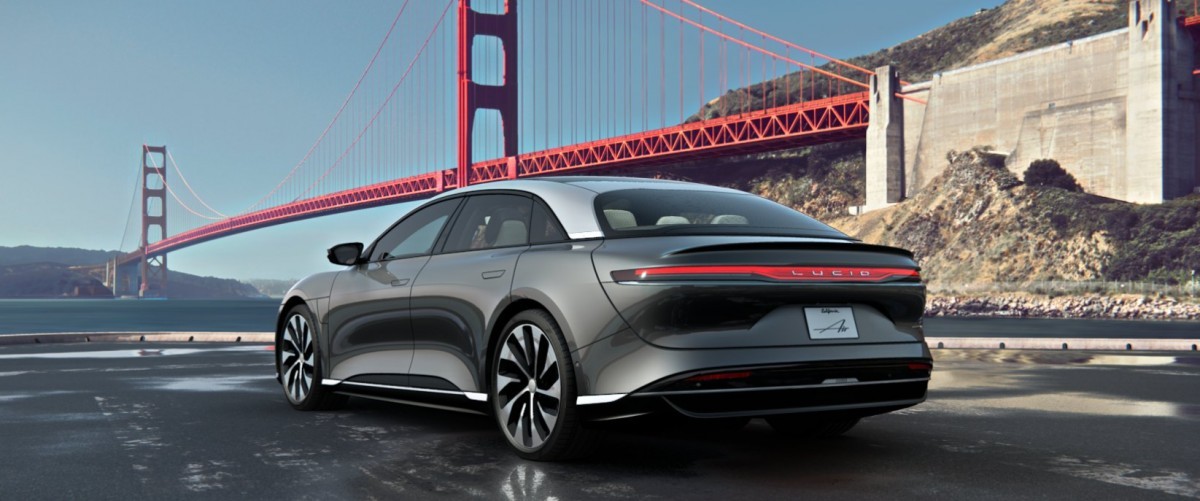 Lucid Air Dream Edition is a family sedan with 1,111 horsepower
Lucid Air Dream Edition is a family sedan with 1,111 horsepower
The mix of the two braking systems is something that needs painstaking calibration in order to ensure effectiveness and the required feel that a driver expects from the brake pedal. In regards to effectiveness, current technology allows us to have the absolute in braking power through advanced synthetic materials such as carbon-ceramic brakes. The heavy EVs would surely benefit from those, but their widespread adoption is still hindered by their prohibitive costs.
Final words
It goes without saying that power outputs of mainstream electric cars have increased substantially. The immense torque of electric motors from zero RPM allows EVs to have supercar-like intermediate and standstill acceleration.
All these things have been made possible through the much simpler layout of an electric motor in comparison to an ICE and the relatively easy increase in power in an electric motor. Nevertheless, electric cars are heavier than their ICE counterparts and this has its (negative) effect in braking performance mostly and dynamically.
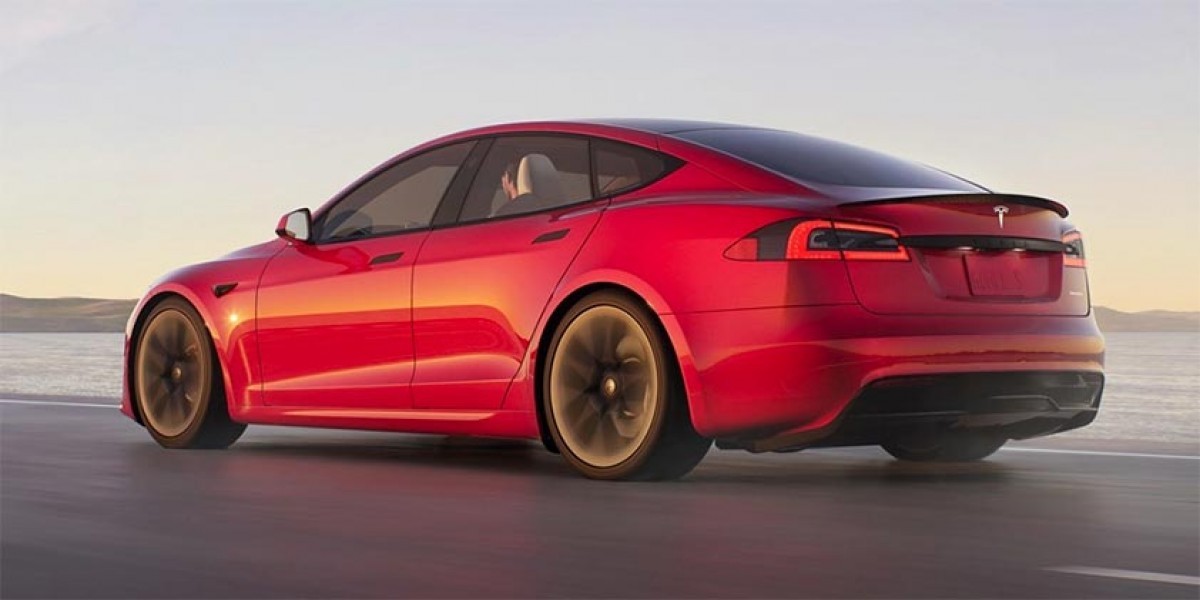 Tesla S Plaid with 1,020 horsepower
Tesla S Plaid with 1,020 horsepower
Electric cars have regenerative braking to assist in the crucial endeavor of the speed reduction in the vehicle but the feeling and braking performance could certainly use some improvement.
The above tables clearly show that power outputs of electric cars taking into consideration their limited top speeds is exaggerated. Perhaps in the coming years, when electric cars become lighter through advanced battery technologies, we will see a reduction in power outputs of electric vehicles. After all, who needs 1000ps on a public road?
Related
Reader comments
- Anonymous
We need more power my CAR needs at least 1000bhp to go to Tesco
- 15 Nov 2025
- 3bM
- No
We need more power my ce needs at least 1000bhp to go to Tesco
- 15 Nov 2025
- 3bM
- Anonymous
Which FCEVs are good if I need non-RWD 124mph?
- 18 Jun 2025
- B4K


